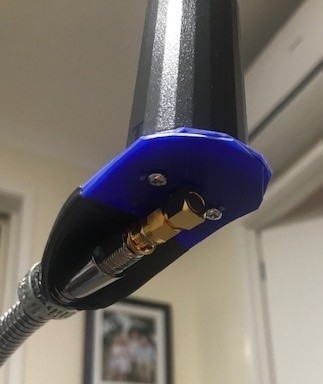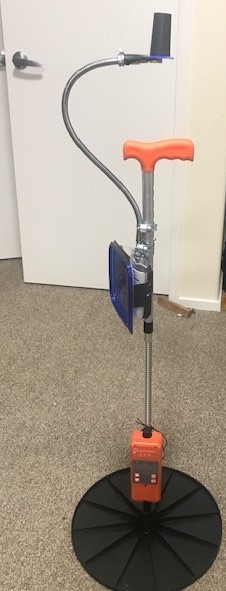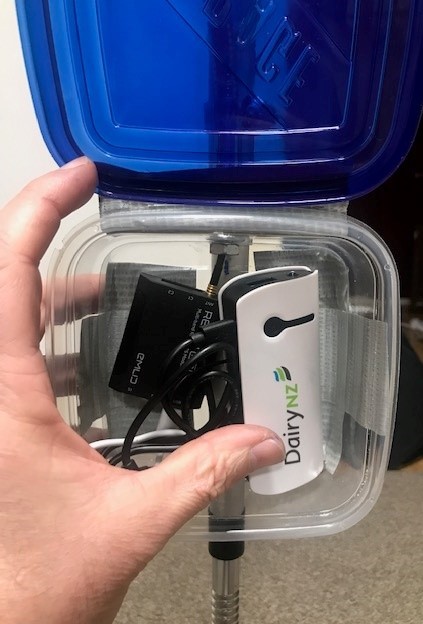Posting an update on progress.
My Reach M2 has arrived, and now in a functional prototype!
Platemeter
I have mounted to a Platemeters G1000 platemeter (Described here, available in NZ from Farmsource here. Alternatively, the Trutest EC20 here has similar capabilities. Probably the main consideration is third party software integration, which differs by device.
Accuracy
Without corrections, reported accuracy for latitude and longitude are sub-meter. I am now getting corrections via LINZ Positionz service described here - Thank you LINZ! Note, after signup, service is available after 6pm next business day. That brings latitude and longitude accuracy to 5cm, more than sufficient for our purposes!
Mounting
I have a first version prototype mounted as per pictures. Regarding the design choice of a semi-flexible mount for the antenna, farms (even research farms) are a place where things will get knocked around, and if the antenna is knocked for any reason, I’d rather it moves out of the way then crack (@$USD200 a pop). The flexible lead was donated by one of my children via their desk lamp, available here - Thanks Brian for the suggestion! While a flexible lead reduces reproducibility for height data, the height data is not super important, as our friends at LINZ are pulling together LIDAR data for all of NZ - thanks again LINZ!
Once I had it in my hand, the small size and low-ish power draw meant mounting everything on the platemeter was a good option over what i’d originally envisaged in a backpack. A range of parts came (or are on their way), and I’m still looking for the final enclosure for the USB powerbank and reach device. 10mm M2.5 bolts are used for the antenna mount (be careful not to go to deep in the antenna), with an elbow, some plastic, tape and a hose clamp - I may add some silicone for waterproofing.
Power
The USB powerbank is 5Ah from memory, peak output 1A. I understand the draw to be average 200mA, so that should be plenty of juice, though the specs also list max draw of 3A here, so perhaps testing may show if this creates some some problems?
Data Collection
The platemeter app is available on iPhone and android, but an android is required for the phone gps data to be replaced with the rtk location data. The model I will be trying hasn’t arrived yet, but is a Samsung XCover 5. This was chosen for IP68 water tightness and apparently ability to use while wearing gloves. Purchased from Spark.
the XCover 5 combines IP68 watertightness and dust resistance with the convenience of a replaceable battery. Increased touch sensitivity lets you use the immersive 5.3” HD+ display while wearing gloves or with damp hands.
Cost
Platemeter ~$NZD1,150
Reach M2 kit ~$NZD1,000
XCover Phone ~$500
Powerbank, mounting pieces & enclosure ~$250?
Total cost ~$3,000
Pictures






